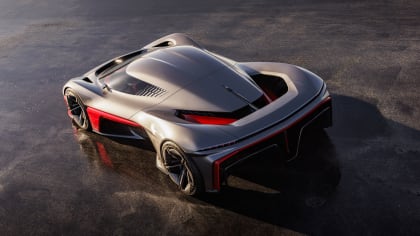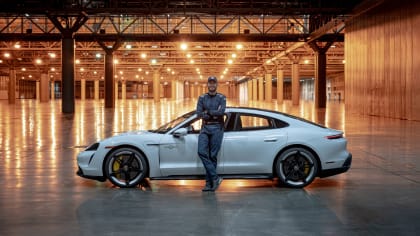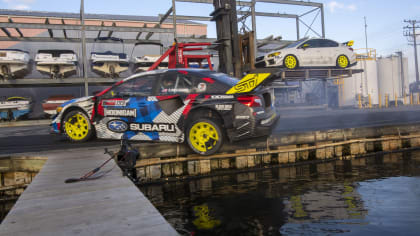Book Review: Corvette Stingray
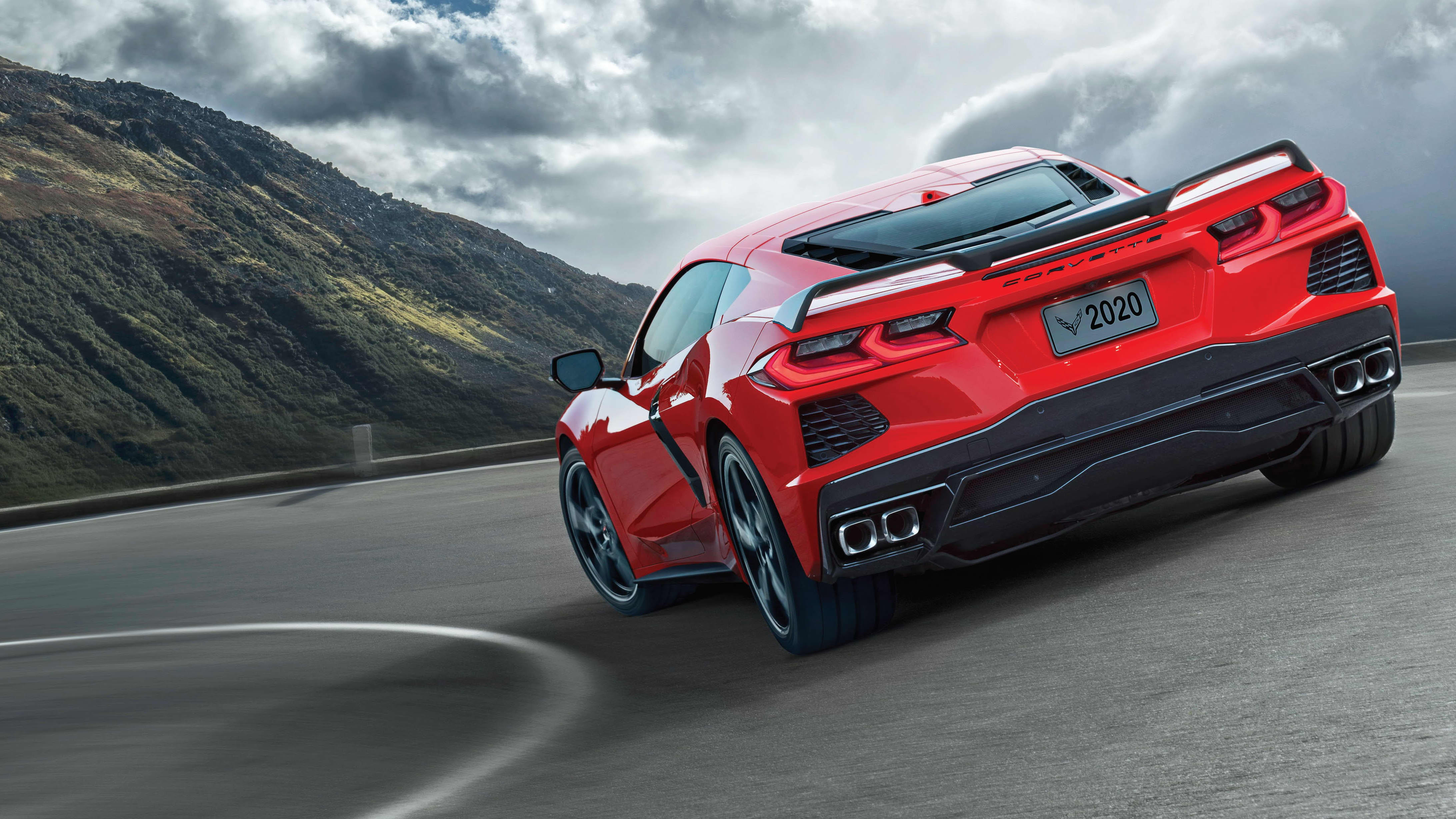
The quality of this book matches the awe of the C8: astounding.
'Corvette Stingray: The Mid-Engine Revolution' is a fantastic book that chronicles the history of the American sportscar.
By Doug Stokes
Sat, Mar 13, 2021 07:27 AM PST
Photos courtesy of the publisher.
PROLOGUE
Let’s see, it’s just a bit after noon on Monday, March 1, and I’m still rubbing my eyes and shaking my head a little … I finally got to see a 2021 C8 Corvette in person about two hours ago. I had stopped by our local Chevrolet dealer and was OKed to go around back and see the only example of the new breed on the lot, a 3LT coupe that was “spoken for”.

CORVETTE STINGRAY
THE MID-ENGINE REVOLUTION
Forward by Mark Reuss
©2020 GENERAL MOTORS Officially Licensed
ISBN: 978-0-7603-6743-8
Hardback, 208 pages
250+ photos (b/w and color) (reviewer’s guesstimate:)
Publisher: Motorbooks, an imprint of Quarto Publishing Group, USA
$45.00 US, £32.00 UK, $60.00 CAN
Suddenly some 50 years of reading about the “next Corvette” (one that would be a true mid-engine* GT) simply dropped away before my eyes and I was well and truly gobsmacked by the sleek, “Sebring Orange” stiletto on wheels that I was frozen in my tracks by. If first looks could kill (you know the rest).
Of course, I knew a big chunk the arduous journey that the Corvette had taken to get to this particular place at this particular time, because I had just finished reading this highly informative and greatly entertaining book. I found out a lot about the car and the cadre of people who had kept the Corvette flame burning brightly through good times and bad, and felt that I could understand at least a little slice of the sort of passion that so many at Chevrolet felt in the nearly 60 year journey to this machine.
REVIEW
This new book from General Motors,“Corvette Stingray”, is fully as much about people as it is about the car, visionaries like the spiritual “father” of the Corvette designer Bill Mitchell, and the redoubtable Zora Arkus-Duntov become the true focus.
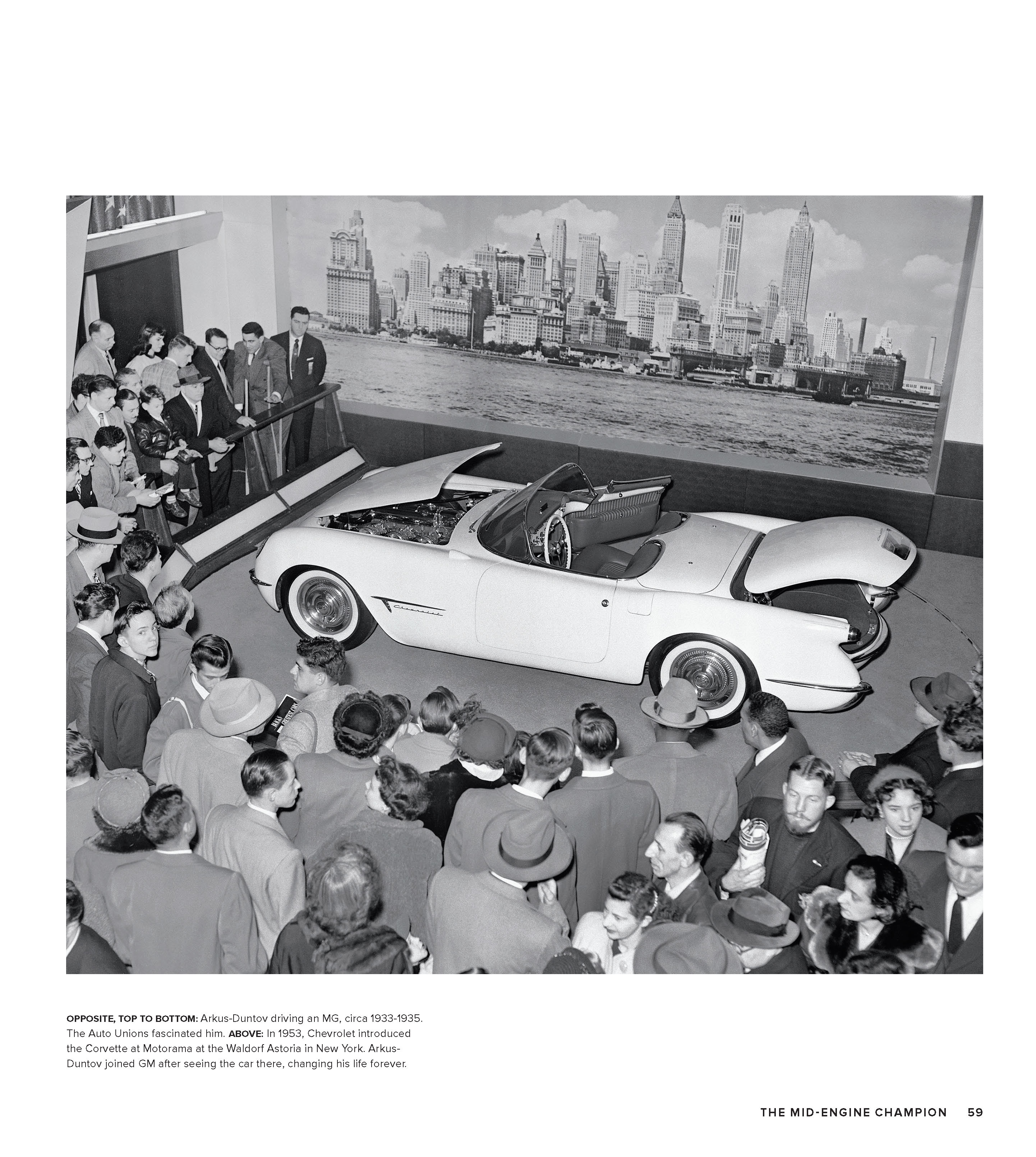
Corvettes are totems to many, with certain year models hailed as high-water marks for the marque: like fuel injection in the ‘50s, the 427 engine, the “Blue Devil” option, independent rear suspension, and so on … every change has its adherents (and detractors, of course). And now comes a mid-engine machine that shakes the very roots of the movement.
As I started to say, the chapters that follow the history of this decidedly different American sports car ring the stories of the band of people who conceived, designed, built, tested, raced, and who even “went to war” to keep the marque in production are the real story here.
From Design Head Bill Mitchell and Chevrolet Chief Engineer Ed Cole effectively waving the green flag in 1951, to General Manager Jim Perkins not listening to the bean-counters in 1991, deciding to keep Corvette in the product line … readers will find plenty of history and a more than a modicum of conflict related herein.
As the chapter title announces the road to the C8 started very early on with the Chevrolet CERV* in the late ‘50s. It was a highly-stylized open-wheel “formula” car that was not built to compete in any kind of racing, but simply to explore the performance characteristics of rear (really mid) engine design. CERV was as much a show car and ink bait for the car crowd magazines as it was a test vehicle, and it was solidly proficient at both tasks.
The beginning of a wonderful symphony: the CERV test vehicle with Arkus-Duntov himself at the keyboard testing at the GM proving grounds.
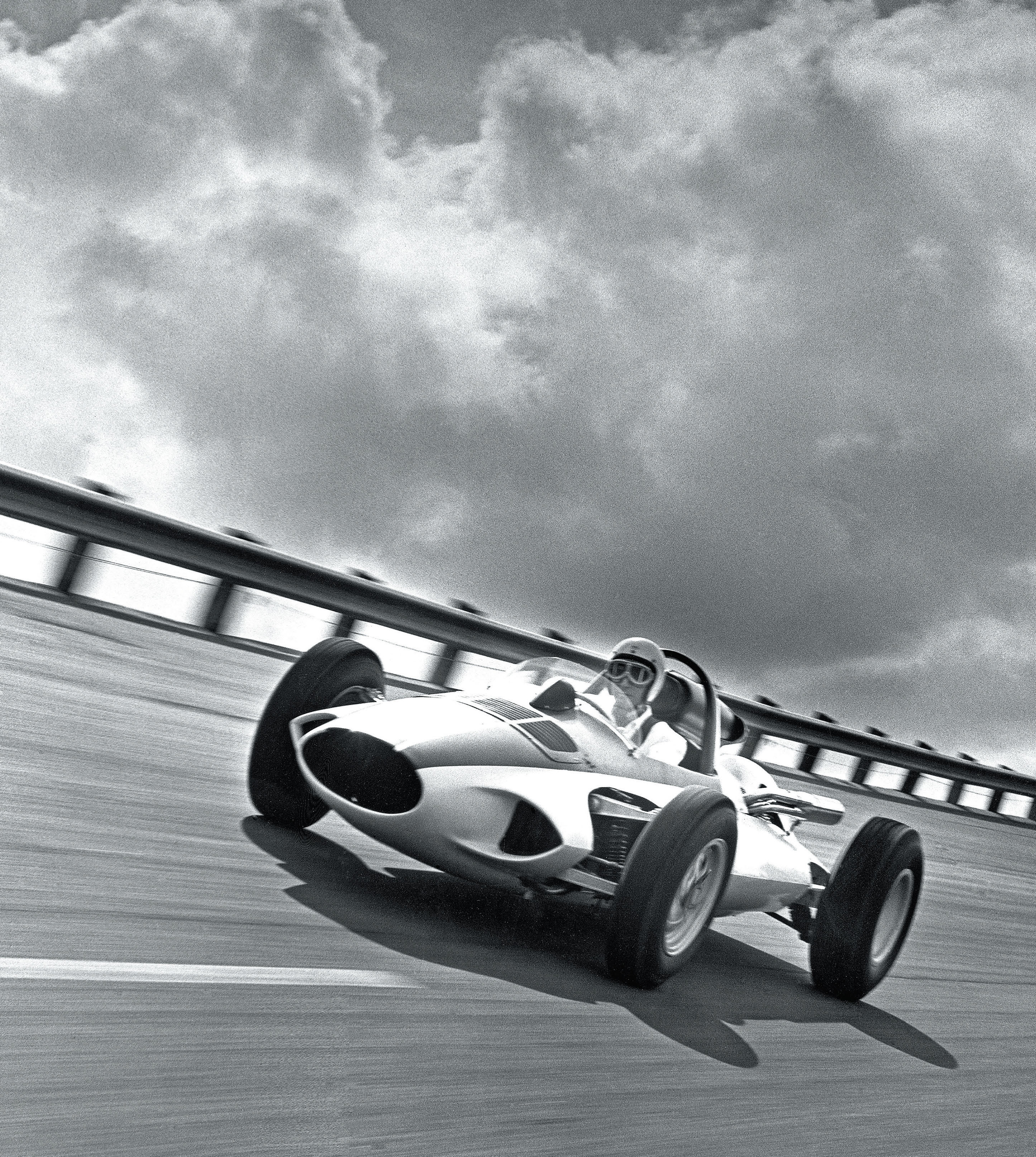
That concept (and the engine-in-the-back zeitgeist) went forward in a number of directions as the years went on in beautiful show cars like the Aerovette, the Corvette Indy. and other graceful, ground-hugging, high-performance “studies” that we drooled over at the LA Auto Show each Fall.
GM was “officially” not racing, but supplying certain “independent” racing teams with the full force and fury of their motorsports (er… “advanced vehicle”) departments. Texan Jim Hall (engineer, oil man, Cal Tech graduate, racing driver: take your pick) was one of the best-known men that the leadership tagged as guys who would/could/should make the best use of the company’s arsenal of high tech (and high horsepower) gubbins.
Hall’s all-white Chaparral race cars were the beneficiaries making excellent use of every trick in Chevrolet’s Big Book of Fast (or “R&D” as the more serious referred to it) including stuff like highly advanced movable aerodynamics, automatic (unheard of in racing cars) transmissions, and composite/monocoque construction. Points proven on those cars, early as they were, all in their own ways added to the C8 wave that wouldn’t yet crest for half a century.
This book does not list an author as such, if it did it would very likely have an inscription of respect and thanks to Zora Arkus-Duntov the Russian-born engineer who, so the story goes, saw the first humble (only 6 cylinders) but very cool) Corvette in New York in 1953 and, then and there, decided to go to work for Chevrolet and who’s vision for the mark was always on a car like the 2021 Corvette.
He did not live to see it, passing away in 1996 at the age of 87, but his legacy is evident in the pages of this book. Every new gen Corvette has had his DNA in it ever since, strong cars with strong engines that were fast, technically-advanced, great-looking … and damn well proud of it.
Then there’s a vehicle which, I’m guessing many will be surprised to see here. Code-named “Blackjack” … it was the rolling test bed for the C8 architecture.
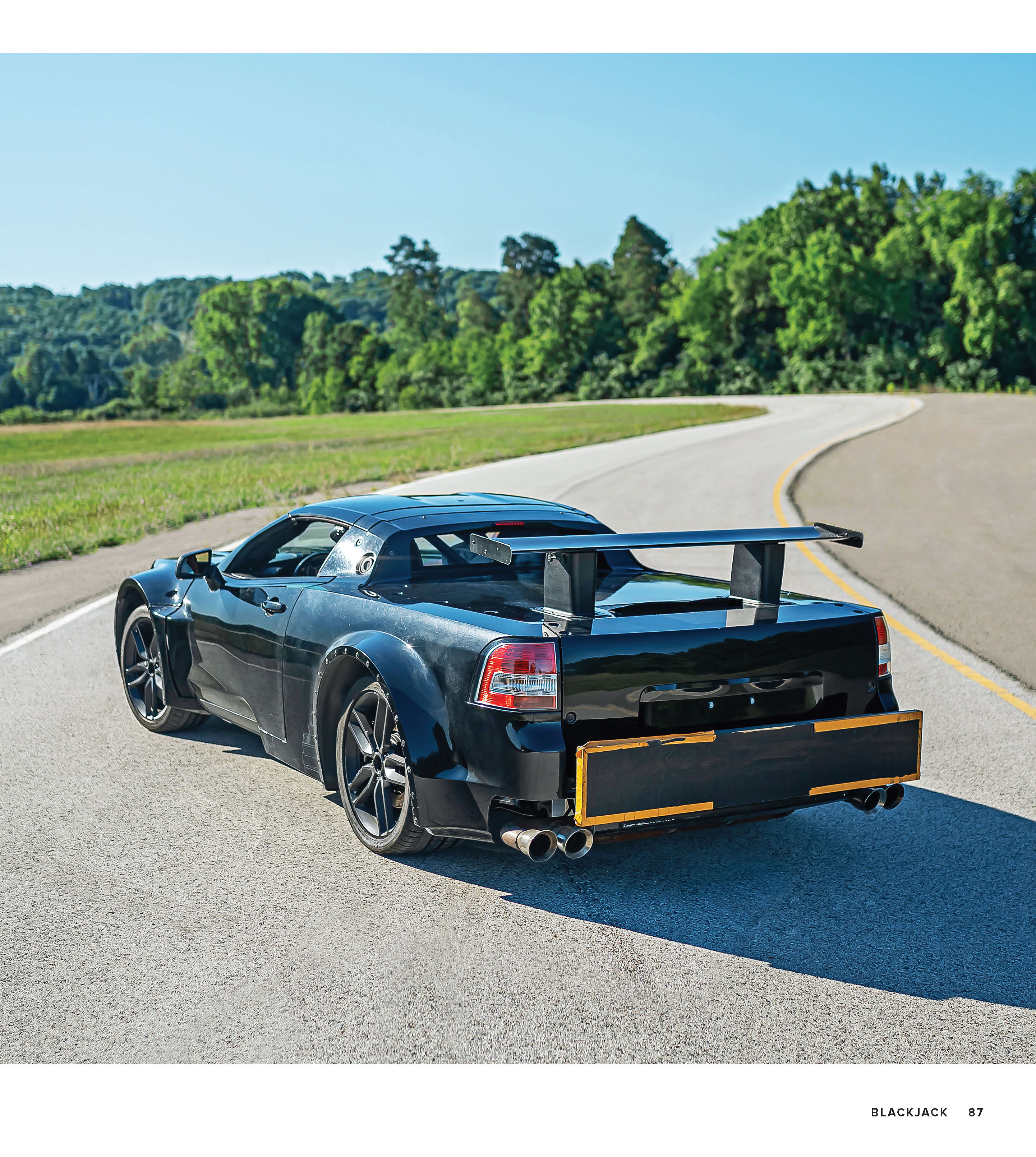
Ugly is as ugly does, but this little (what … pickup sports car?) sussed out all the beautiful dynamics and stance of the C8 all the while wearing a hand-me-down body panels from a Holden truck and using wooden supports for its aero apparatus. This ratty-looking bulldog was all C8 underneath … Blackjack was truly Hans Christian Anderson’s ugly duckling, an almost too gentle metaphor here, but I’m using it anyway.
The final two chapters in this intriguing drama talk about the “design brief” and the nuts and bolts. Beautiful show cars are often nothing but pretty shells, test vehicles have no time for primping and looking even half decent, and engineers look right through cars (they see tech cutaways where we see a solid vehicle).
… And that’s, of course, where designers step in smooth things out, imbue character, make things as practical as they are lovely to look and, and “package” the lot into a viable vehicle.
The work of all of those people is very well chronicled here. In all honesty you won’t really know how to build your own C8 after reading this, but you’ll understand and feel like you almost could and I think that you’ll be very pleased with the design team that pulled this soul-stirring machine off.
The C8 Corvette Stingray ... not everyone will want one and (almost) no one (present company excepted) really needs one, but damn … -DS
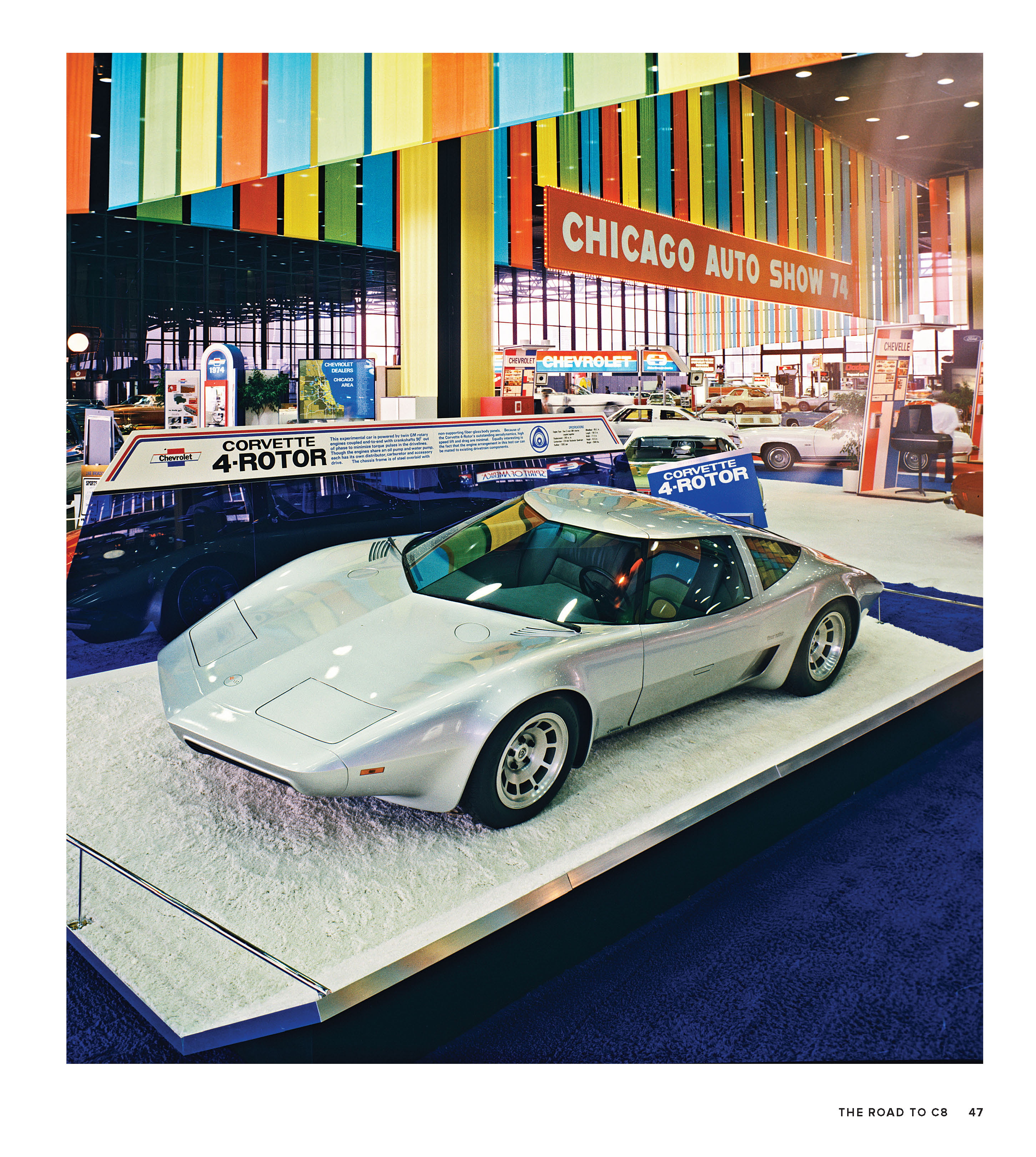
* Often (and because an automobile’s engine is located behind the driver in both cases) the terms: “rear-engine” and “mid-engine” are used interchangeably. There is a difference. Rear-engined cars are like VW Beetles and certain Porsche models: the engine is hung out aft of the rear axle and the weight of the engine can cause handling problems under high performance driving conditions.
The C8’s massive (and very powerful engine) V-8 engine is located ahead of the rear axle (“midships” as it were), it’s weight more equally carried by all four wheels which provides more predictable/stable high speed handling. Both are “packaging” questions for designers, in the case of the 2021 Stingray race car sharp handling was the target and mid-engine configuration was the chosen path.
**In the car biz acronyms abound, this one is for “Chevrolet Engineering Research Vehicle”
NOTE: The shocking orange C8 that we saw had a bottom line, all-in price on the sticker that was just $1700 short of a full $100K, with a ticket that started out at an MSRP of $70,850.00, that figures to just a few over $27K in options. Of interest to me was there was not (visible at least) a dealer’s “supplementary price tag” that added some sort of “Glo-Coat” treatment and stuck a healthy chunk of change on the tab just because the dealer could.
I didn’t see, I didn’t ask.
Examples of these cars are already selling for well over the MSRP on the high zoot auction sites. There are never really enough Corvettes of any year of production to satisfy the demand, it’s nature’s way of telling one to work hard (or marry into a high volume car dealer’s family). This one is that good, and a little better still.
EDITORIAL
Two words about this very new book, one complaint: no index. There is a bit of a roll-call in the last pages of the book that must be meant as some short of list the key people who were involved in the project … five names at the end of a fairly comprehensive book about the 50+ year gestation of the 2021 Corvette Stingray but that’s it.
After the cover the first place that I look to start to understand the scope of any book about history is the index. It’s not fatal in this case by any means, but it would have been nice to see the wonderful broad range of this work laid out in names and places before ever turning to page one.
In this case the real honor roll is on the 200+ pages of this smartly laid out book about a new, quite welcome, and startlingly superior two-place sports car. -Stokes
About The Author

Doug has a long and wide-ranging history in the motoring business. He served five years as the Executive Director of the International Kart Federation, and was the PR guy for the Mickey Thompson's Off-Road Championship Gran Prix. He worked racing PR for both Honda and Suzuki and was a senior PR person on the first Los Angeles (Vintage) Grand Prix. He was also the first PR Manager for Perris Auto Speedway, and spent over 20 years as the VP of Communications at Irwindale Speedway. Stokes is the recipient of the American Autowriters and Broadcaster’s 2005 Chapman Award for Excellence in Public Relations and was honored in 2015 by the Motor Press Guild with their Dean Batchelor Lifetime Achievement Award. 2025 saw Stokes voted into the Go Kart Hall of Fame. “… I’ve also been reviewing automobiles and books for over 20 years, and really enjoy my LACar assignments.” he added.



